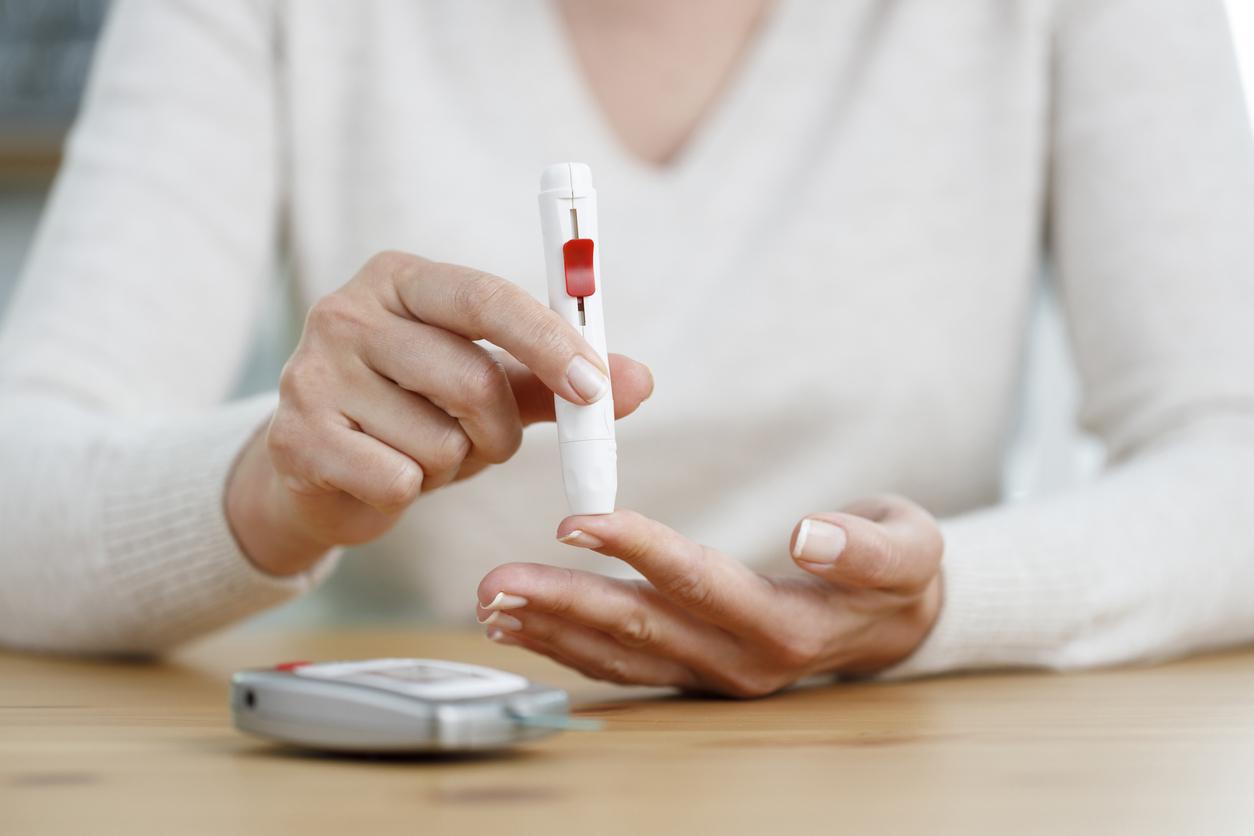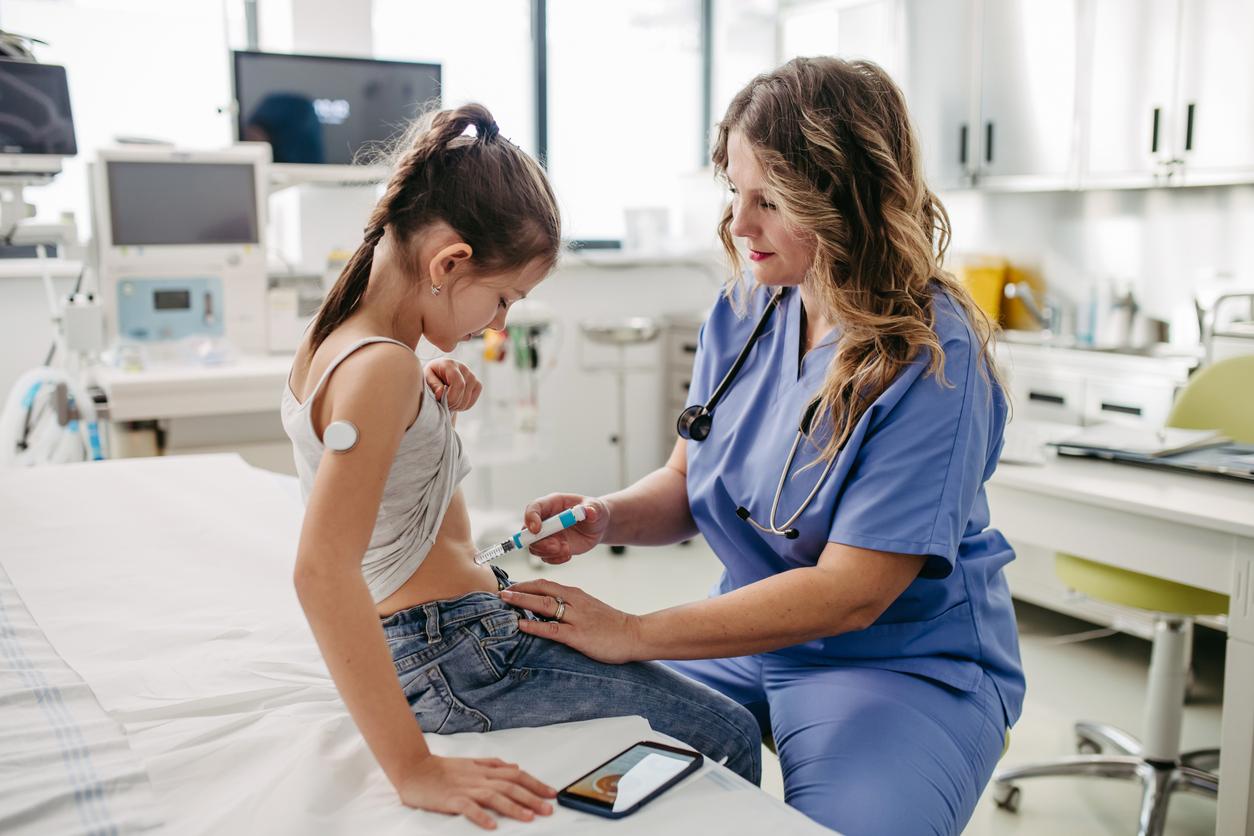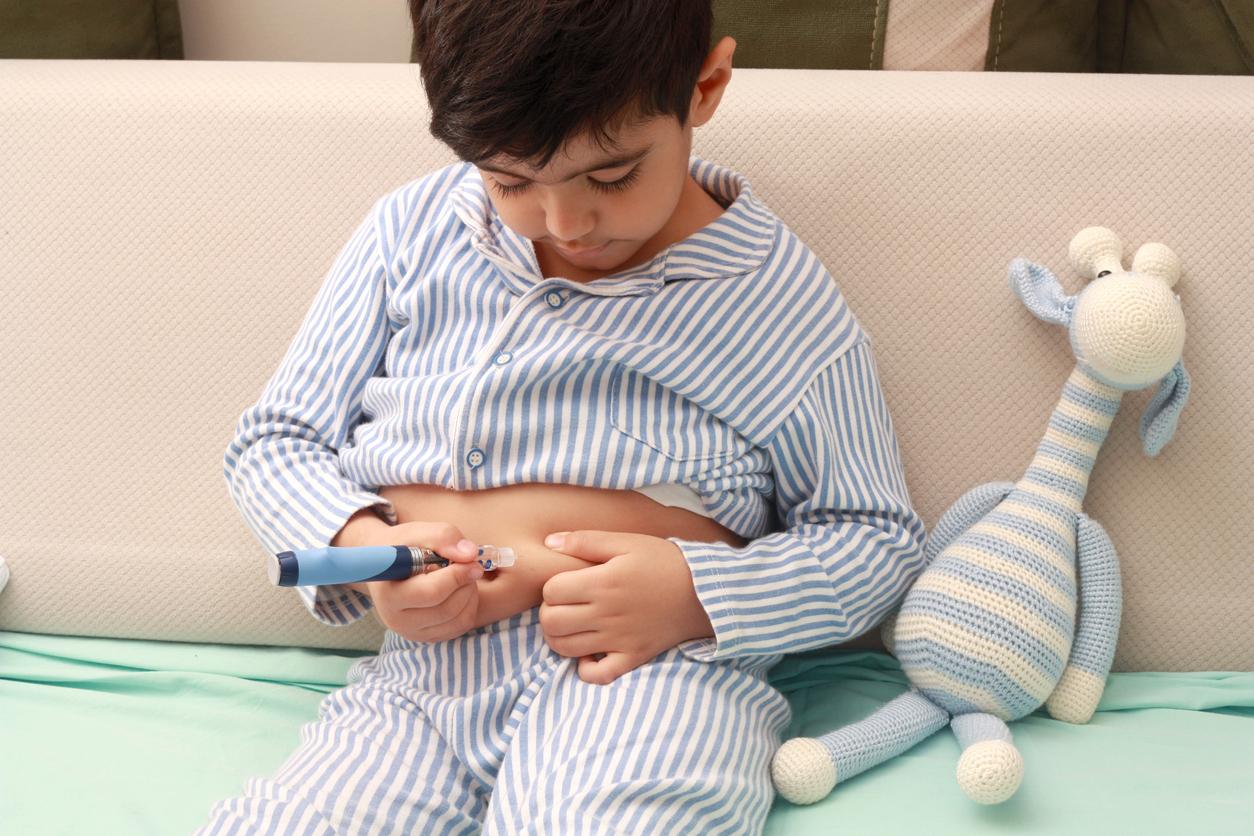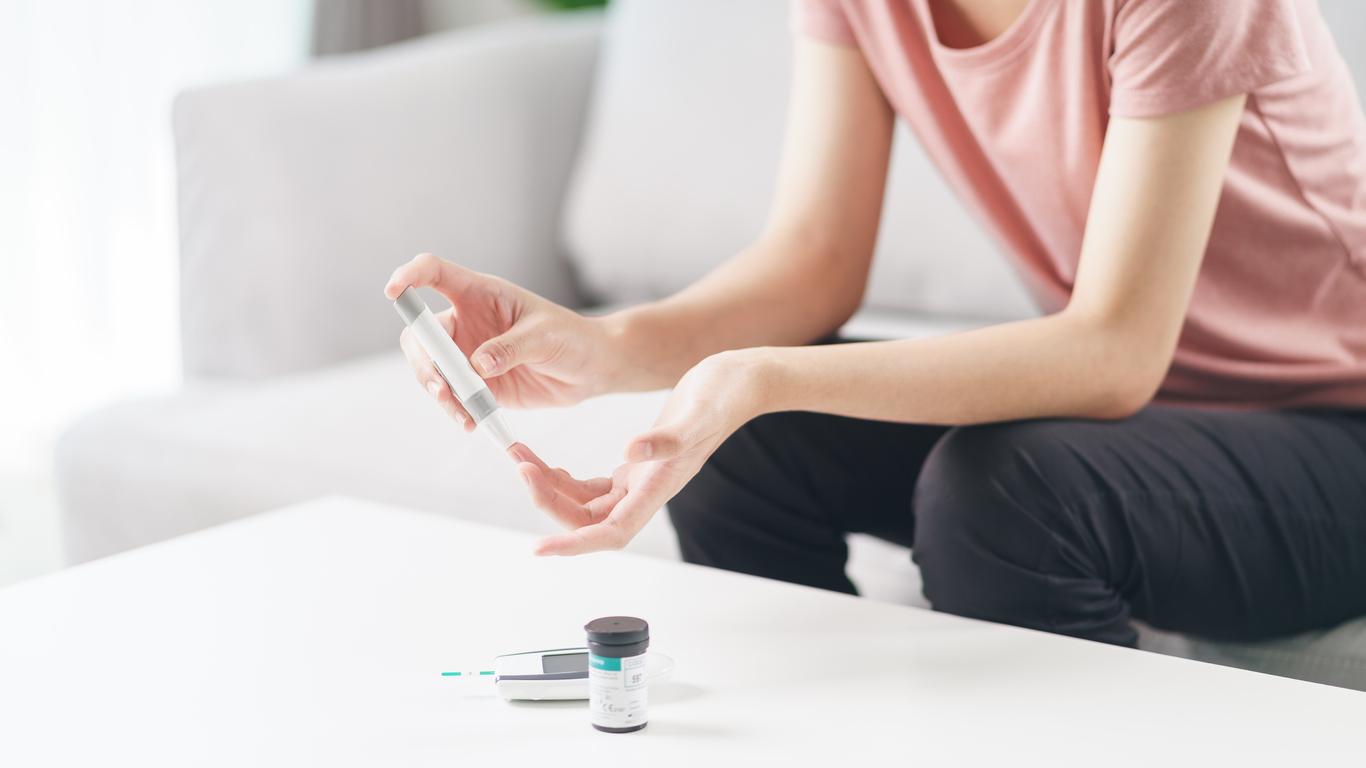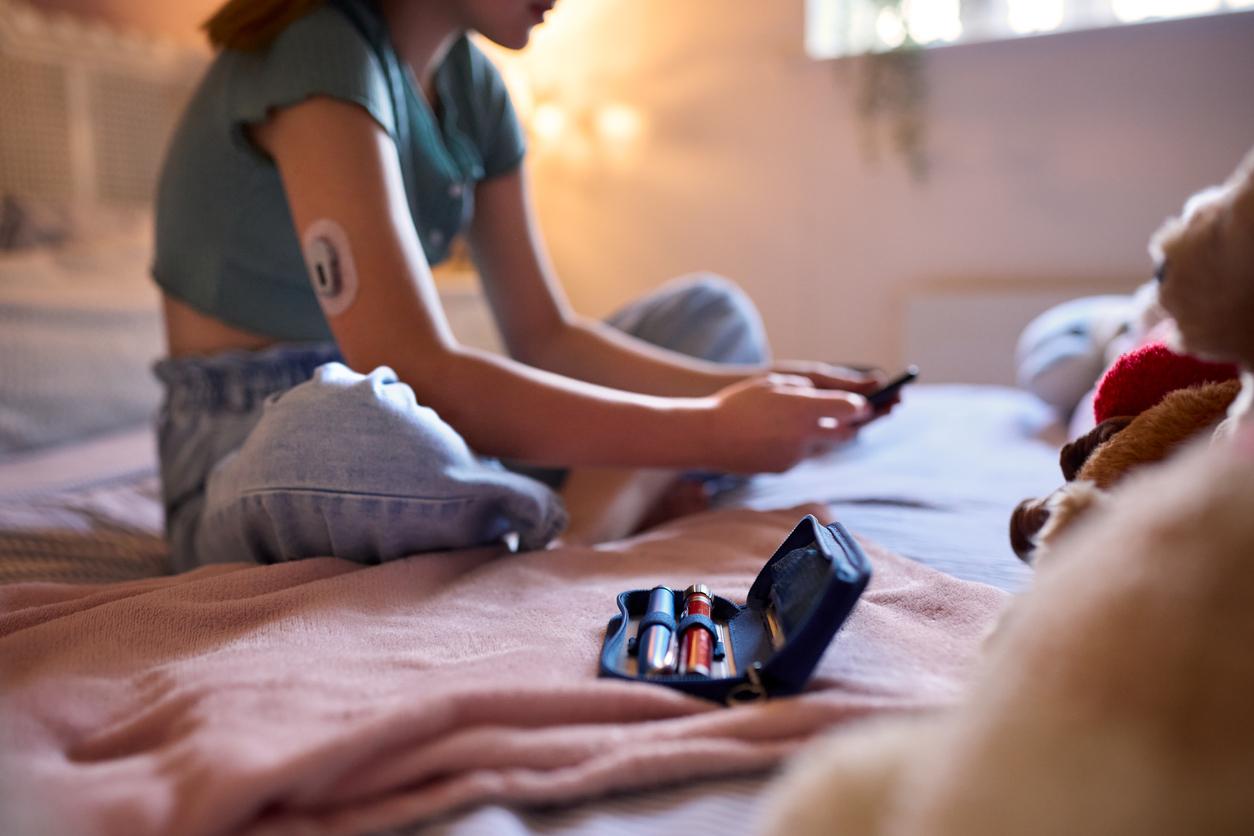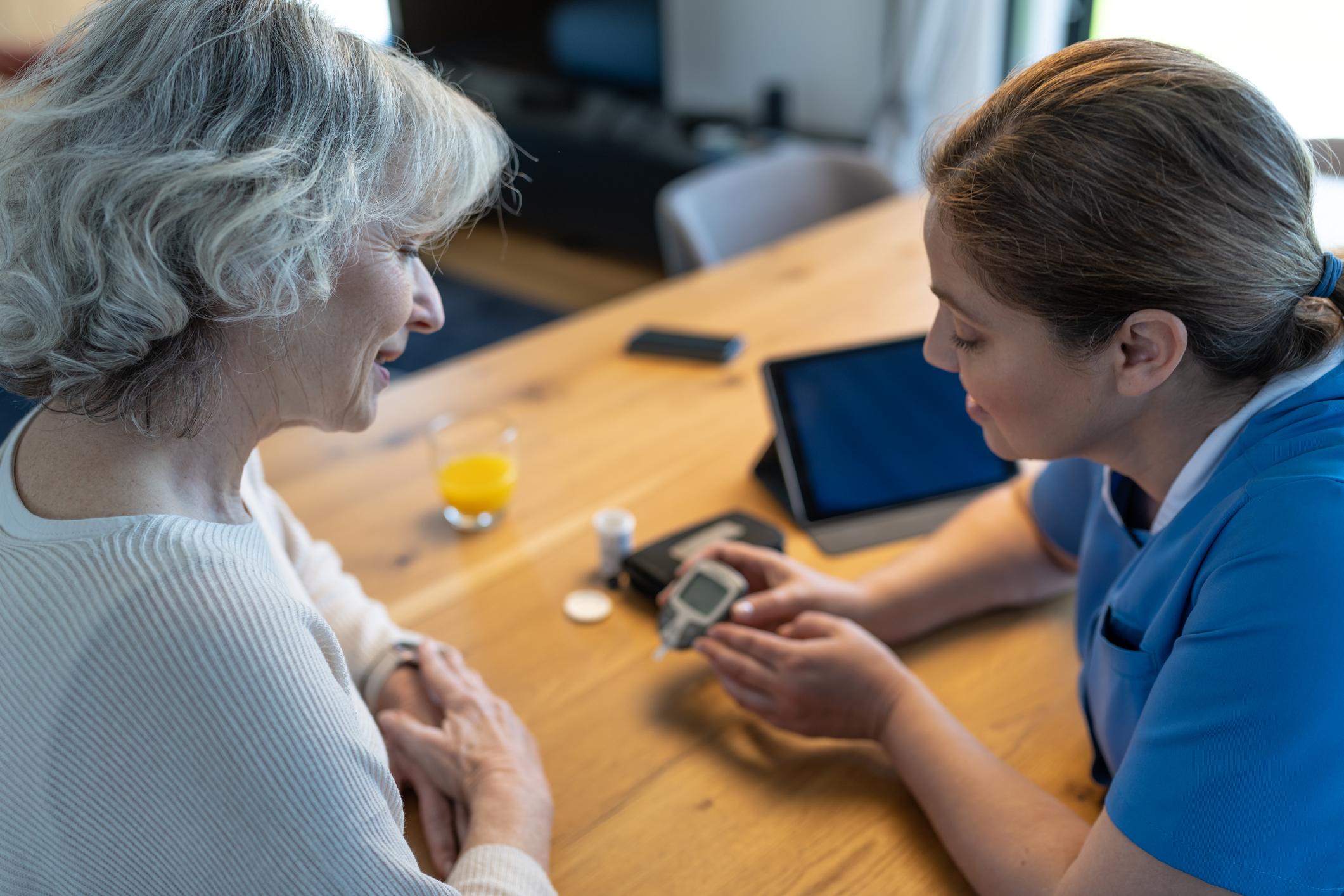6 diabetic patients test a French artificial pancreas at the Hospices Civils de Lyon. After a month of testing, they recognize the benefits of the device on quality of life.

No more insulin injections and blood sugar strips? This is what many patients with type 1 diabetes are hoping for. The technology that could mark the end of these practices is currently being tested in clinical trials. The artificial pancreas, Diabeloop, developed in Lyon (Rhône), is tested in real life for three months by the Hospices Civils de Lyon.
6 patients affiliated with this establishment were included in the protocol. A total of 45 people, in 9 different hospitals, will take part in the study. They will be monitored remotely, via remote monitoring, by the participating endocrinology teams. The results could give a boost to obtaining the CE mark, scheduled for 2018.
A sensor under the skin
If brought to market, the artificial pancreas should make life much easier for people with diabetes. “Patients will have a 32 g insulin micropump attached to them, a sensor and a smartphone, that’s all,” sums up Professor Charles Thivolet, head of the endocrinology department at CH Lyon-Sud.
In fact, the device works in total autonomy. Placed under the skin, a glucose sensor regularly measures blood sugar. The information is communicated to an application installed on the patient’s smartphone. At its heart, an algorithm that calculates when to deliver a dose of insulin, via the insulin pump implanted in the patient.

More security
Automating the process makes it easier for patients. “I can finally go out alone with my three children, confides Aurélie, 37, to 20 minutes. We live again”. The device also allows more security. The algorithm reduces the risk of hypoglycemia or hyperglycemia, which occur when insulin is not injected at the right time.
“In general, a diabetic must manipulate his pump 7 to 8 times a day, and if he is mistaken in the doses, he can experience hypoglycemia (tremors, sweats, discomfort), explains Professor Thivolet. Here, it is the system that manages everything like a “real” pancreas. »
As a direct result of this safety gain, patients evolve more peacefully on a daily basis. This is the case of Philippe, who was able to find full nights. “Before, I was afraid of having a seizure in the middle of the night and not waking up,” he explains to 20 minutes.
The French company that produces this device will still have to work on the few weaknesses identified after a month of testing. A first synthesis is planned for the end of the year. Patients will therefore need to be patient. But the file is progressing at a good pace: the United States has already authorized a first model of artificial pancreas.
.








